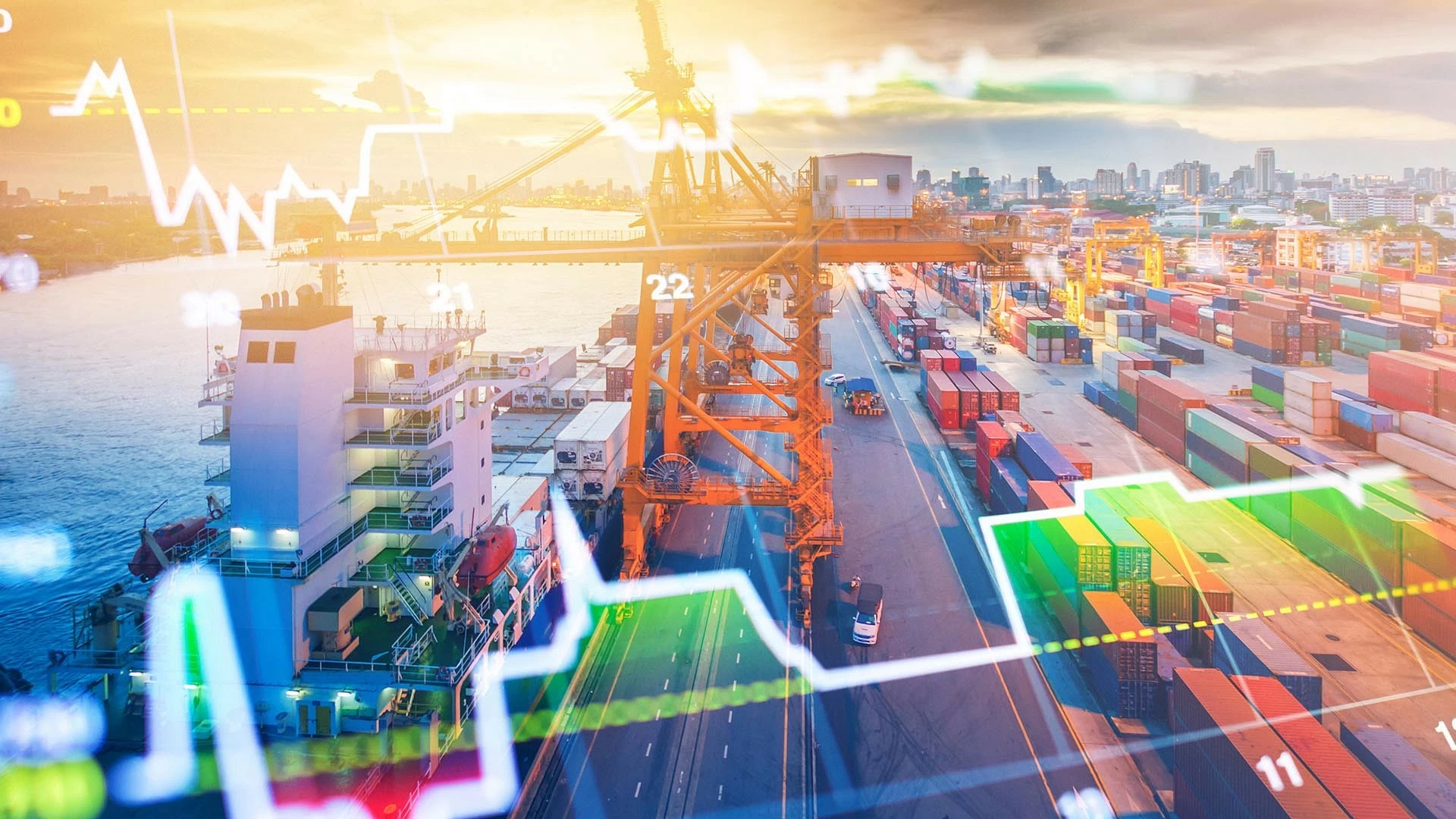 |
| APEC represents about 38% of the world's population, contributing more than 60% of GDP and nearly 50% of global trade. (Source: CGTN) |
Over the past 35 years, the Asia- Pacific Economic Cooperation (APEC) Forum has brought together three of the five largest economies in the world, including the two strongest and most dynamic economic regions, East Asia and North America (including the US, Canada and Mexico), with unique and extremely diverse political, social, economic and cultural features, and has maintained its role as a leading economic cooperation and linkage mechanism, making an important contribution to economic growth and maintaining peace, stability and development in the region.
Interwoven and tight
In an interview with Reuters , Peruvian Foreign Minister Elmer Schialer said that Chinese President Xi Jinping will visit Peru for the 2024 APEC Summit Week, accompanied by a delegation of 400 businessmen, to promote investment cooperation from infrastructure to technology; and sign an upgraded version of the free trade agreement, aiming to promote trade efficiency between the two countries.
According to data from the Peruvian Ministry of Commerce, China-Peru bilateral trade reached nearly $36 billion in 2023. Beijing is the main trading partner of the 2024 APEC host country, so they believe that the “upgraded version” will optimize the old agreement (signed in 2009) to boost trade momentum by at least 50%.
Trade and investment liberalization for sustainable growth, comprehensive cooperation and respect for common interests among Asia-Pacific economies has been the main focus of APEC's agenda since its official "birth" in 1989, continuing to APEC Peru 2024 and beyond...
However, according to international analysts, in terms of being a large forum to promote free trade and economic integration, APEC economic cooperation is unlikely to be effective when it is entirely voluntary and does not have any legally binding agreements.
In fact, the trade liberalization goal of the Bogor Declaration, as well as the implementation of the Free Trade Agreement of the Asia-Pacific (FTAAP) by 2025, may not have achieved the expected progress, but like the above-mentioned China-Peru pair, over the years the "ties" between APEC members have become increasingly tight, based on a variety of intertwined economic relationships, interactions and self-adjustment on the path of trade liberalization.
And not only bilateral cooperation exists, a series of multilateral trade agreements (RCEP, CPTPP, AFTA...) between APEC members have also played a very important role in consolidating and developing economic relations in the region. Trade routes can intersect or be parallel, but all are moving towards regional trade liberalization and are showing the right direction for cooperation between APEC member economies.
For example, China has free trade agreements with 15 APEC economies. Beijing is now the largest trading partner for 13 APEC economies. Eight of China's top 10 trading partners are APEC economies…
"Revive" the cooperation process
Back at the 1994 Summit, APEC set the ambitious goal of achieving free and open trade and investment in the Asia-Pacific region by 2010 for developed economy members and by 2020 for developing economy members.
The following year, APEC resolved to adopt the Osaka Action Agenda – a plan to implement APEC’s goals of trade and investment liberalization, business facilitation, and economic and technical cooperation… But even since these commitments, APEC’s cooperation effectiveness has been assessed as limited. To date, APEC has only been highly appreciated for its success in setting out “action programs”, while implementation remains difficult.
One of the biggest challenges is the rise of trade protectionism and non-tariff measures that have been on the rise recently. Protectionism is at risk of becoming a barrier to trade liberalization and economic integration in the region, which is contrary to the core spirit of APEC, which is to uphold the banner of trade and investment liberalization and facilitation.
According to the International Monetary Fund (IMF), although the global economy and the APEC region still have a growth trend, in the long term it will be lower than in previous decades, stemming from obstacles caused by low productivity and increasing inequality, when many subjects are left behind, such as some developing economies, rural agricultural areas, small and micro enterprises or female workers...
Rising inequality is also a threat to the growth and prosperity of the region. The diversity and complexity of the region with economies of very different structures and levels of development lead to different economic development priorities and approaches to cooperation areas of members. Due to the non-binding nature of commitments, difficulties and disagreements will arise in the process of implementing trade and investment liberalization and technical cooperation.
Non-economic factors such as culture, history, environment, security, etc. will also have certain impacts on economic cooperation among members, as well as the process of trade and investment liberalization in the region.
The APEC 2024 Summit Week (November 9-16) in the capital Lima of Peru is considered a "landmark" - an opportunity for leaders of member economies to "revive" the cooperation process to achieve greater efficiency and effectiveness in further liberalizing trade and investment.
In the new context, APEC host Peru continues to aim to adopt the Lima 2024 Roadmap on economic transformation and introduce the new Ichma Declaration to promote FTAAP, which sends a strong message about APEC's dedication to addressing global challenges and promoting the APEC Putrajaya Vision 2040 on building an open, dynamic, resilient and peaceful Asia-Pacific community, for the prosperity of all people and future generations.
Source: https://baoquocte.vn/apec-giu-vung-ngon-co-tu-do-hoa-thuong-mai-293717.html


![[Photo] 60th Anniversary of the Founding of the Vietnam Association of Photographic Artists](/_next/image?url=https%3A%2F%2Fvphoto.vietnam.vn%2Fthumb%2F1200x675%2Fvietnam%2Fresource%2FIMAGE%2F2025%2F12%2F05%2F1764935864512_a1-bnd-0841-9740-jpg.webp&w=3840&q=75)

![[Photo] National Assembly Chairman Tran Thanh Man attends the VinFuture 2025 Award Ceremony](/_next/image?url=https%3A%2F%2Fvphoto.vietnam.vn%2Fthumb%2F1200x675%2Fvietnam%2Fresource%2FIMAGE%2F2025%2F12%2F05%2F1764951162416_2628509768338816493-6995-jpg.webp&w=3840&q=75)





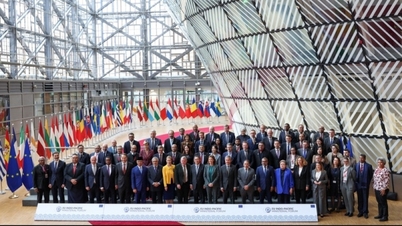

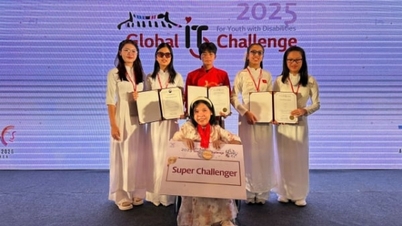

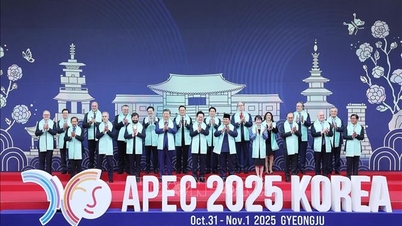

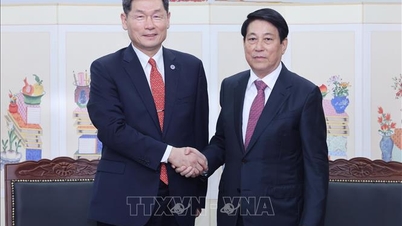


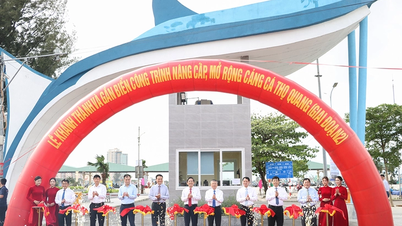





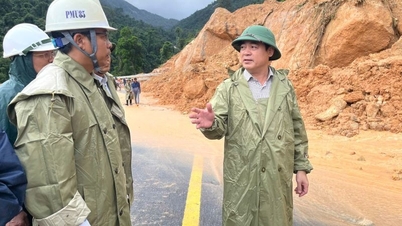

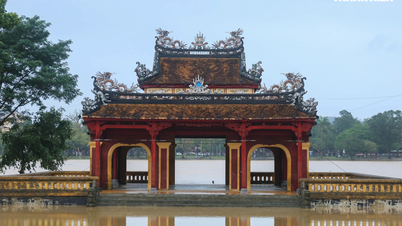






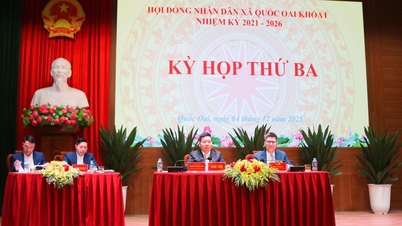

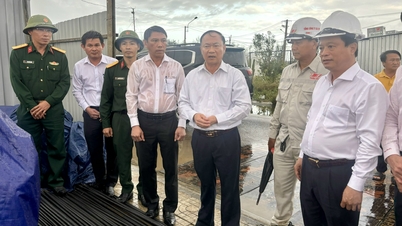




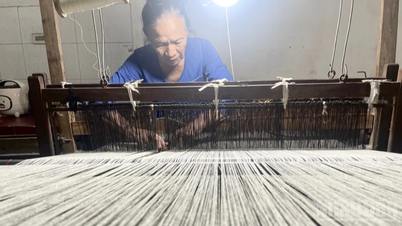










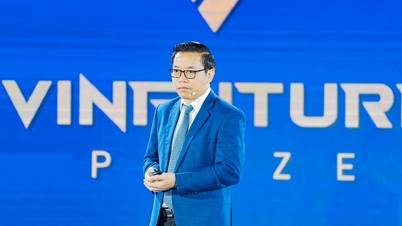

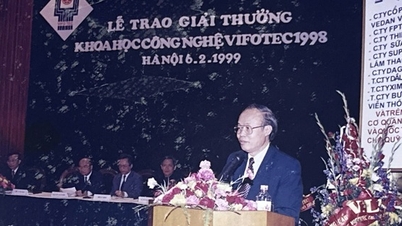

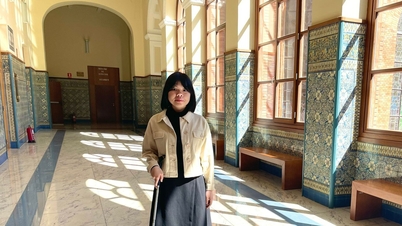
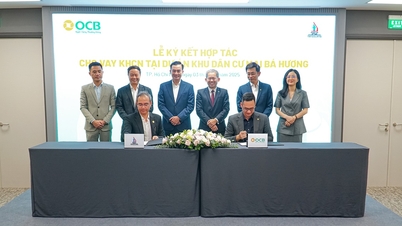
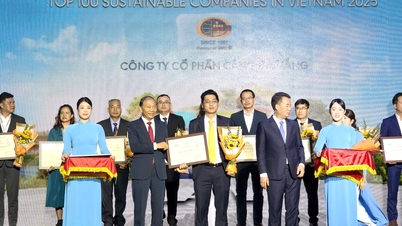
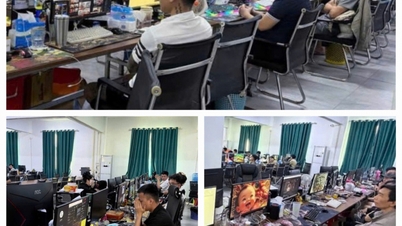
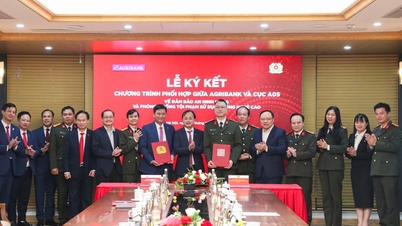

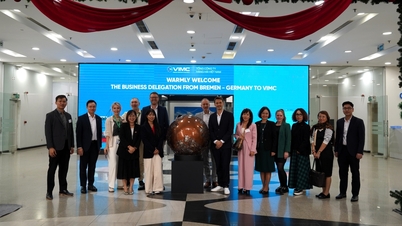
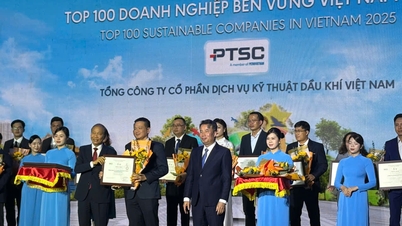






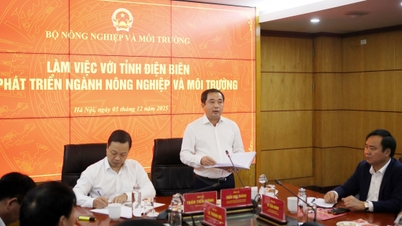





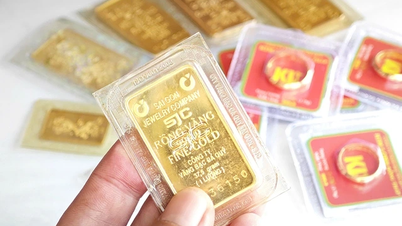
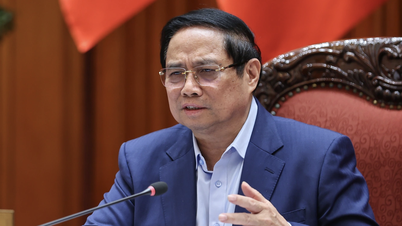
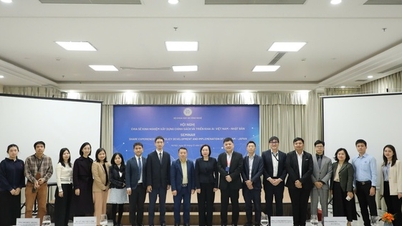
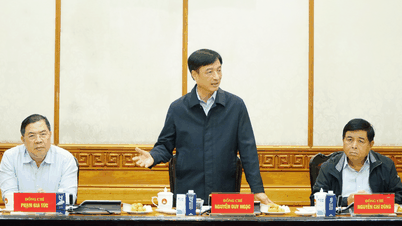

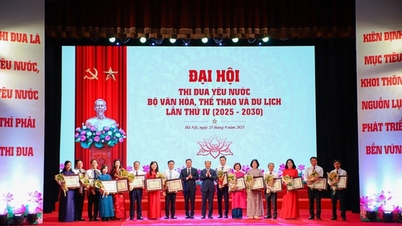

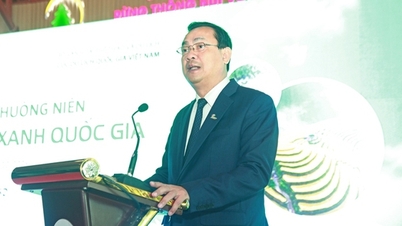
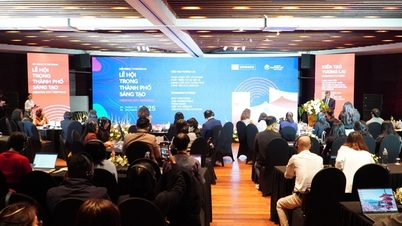
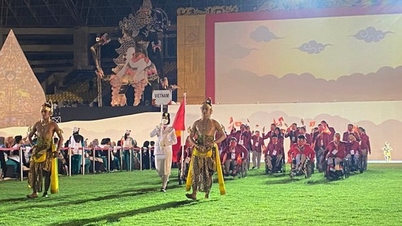




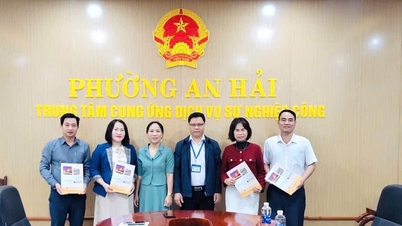
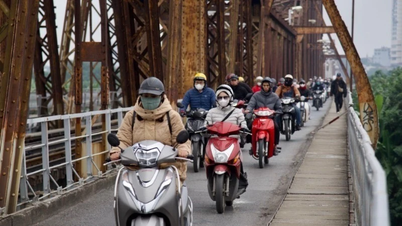

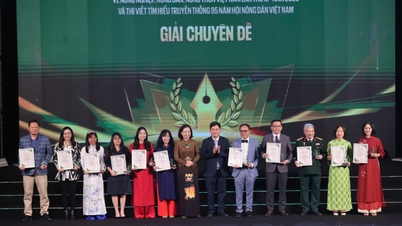




















Comment (0)